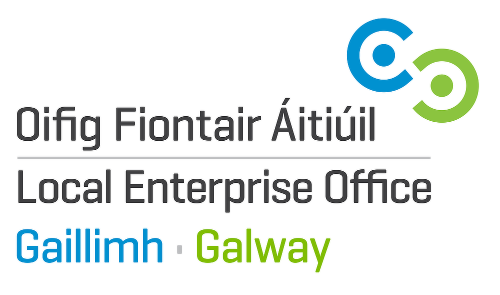IMPORTANT DATES
1993 – Council Directive 93/76/EEC to limit carbon dioxide emissions by improving energy efficiency requires Member States to develop, implement and report on programmes in the field of energy efficiency in the building sector.
2002 – Energy Performance of Buildings Directive 2002/91/EC. As recast – 2010/31/EU AND 2018/844/EU
2005 – S.I. No. 873/2005 (TGD Part L) – Building Regulations. Typically, a C1 rating.
2006 – The Energy Performance of Buildings Directive (S.I. No. 666 of 2006) was transposed into Irish Legislation.
2009 – All Irish buildings require a BER when offered for sale or lease.
2008 – S.I. No. 259/2008 (TGL PART L) Building Regulations. Typically, a B1 rating.
2011 – S.I. No. 259/2011 (TGL Part L) Building Regulations Typically an A3 rating.
2013 – All property advertising must display BER information at the point of being offered for sale or lease.
2015 – All buildings over 250m2, frequented by the public, required to display an annual Display Energy Cert in a prominent position.
2018 – SEAI stop grant aiding fossil fuel burning appliances such as oil and gas boilers and introduce electric Heat Pump grants.
2019 – Implementation of the revised EPBD (2018/844/EU) The regulations came into effect on 1st November 2019. The Directive defines a Nearly Zero Energy Building (NZEB) as a building that has a high energy performance. Typically, an A2 rating.
2021 – A national scheme will allow you to get paid for the electricity generated through on-site electricity generating systems such as photovoltaic (PV) panels
2022 – Oil boilers to be banned from new homes.
2025 – Gas boilers to be banned from new homes.
2030 – The Government’s climate action plan has pledged that 500,000 houses will have a B2 rating or better by 2030.
2040 – Project Ireland 2040 will ensure that past patterns of carbon intensive development and growth will not be repeated.
2050 – National target of 80% decarbonisation by 2050.



